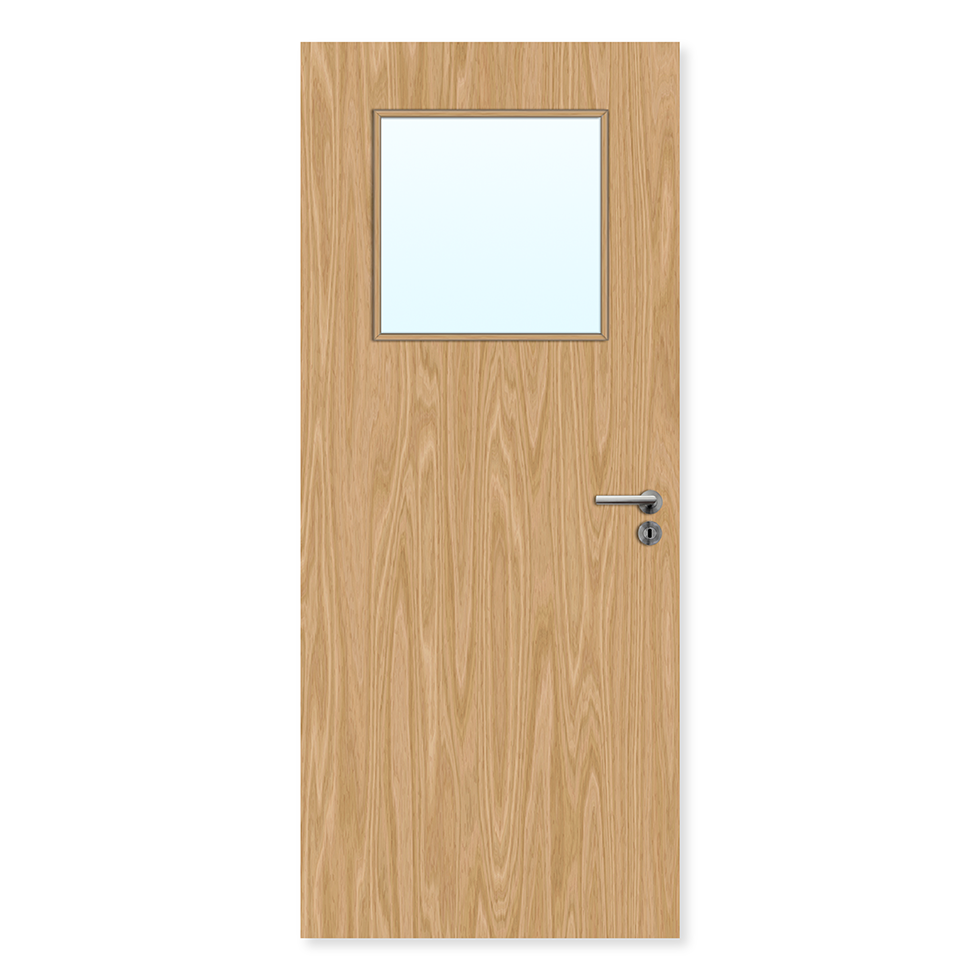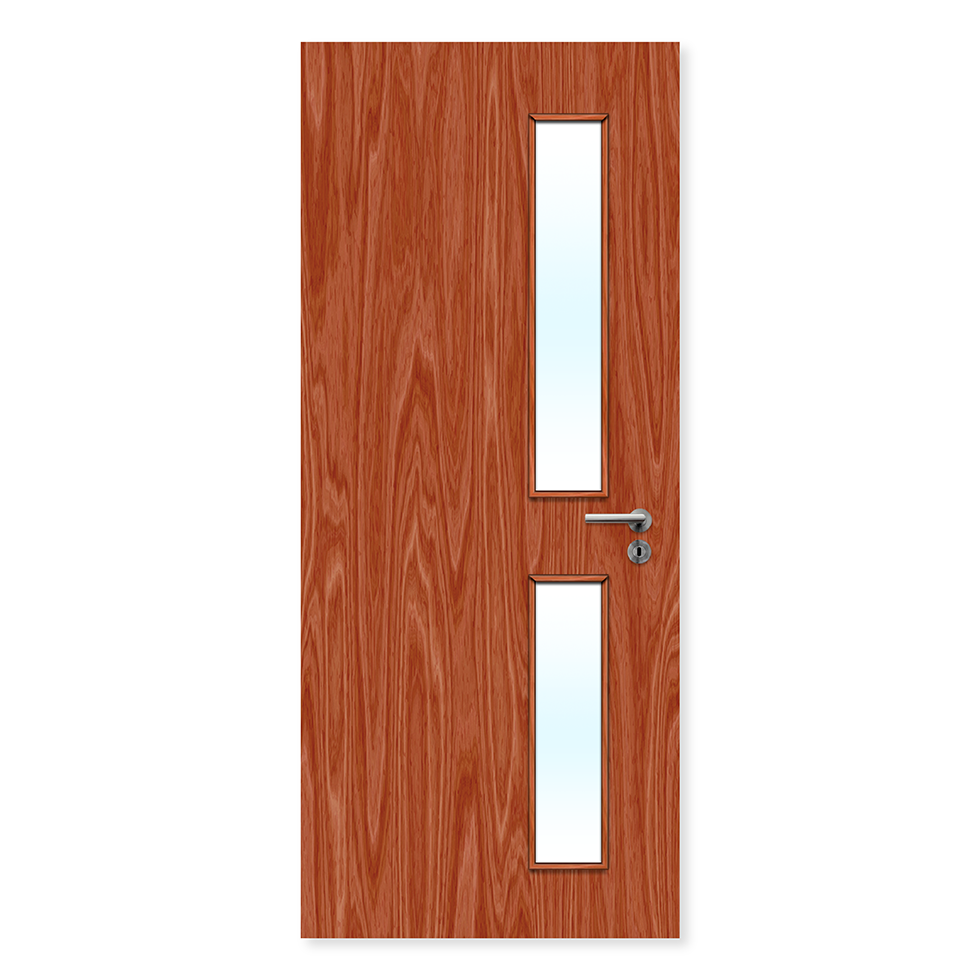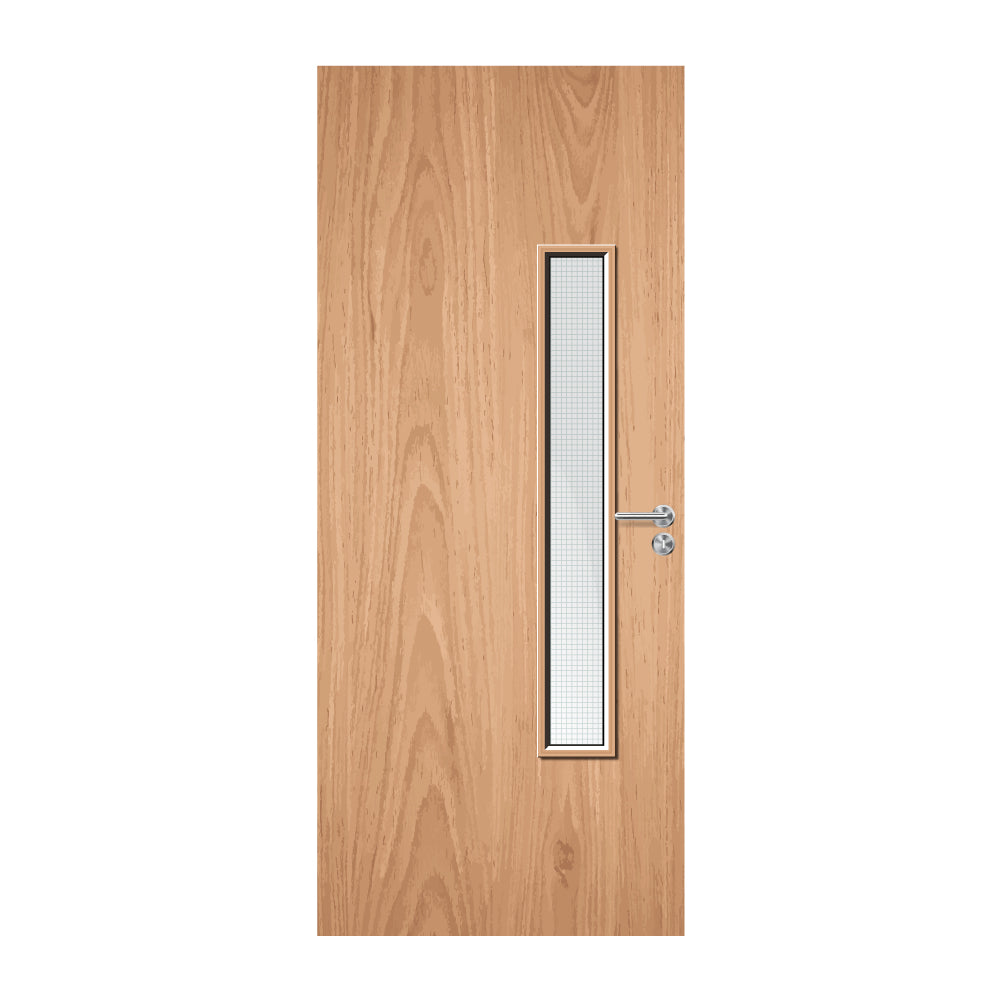Outstanding
Customer Service Second to None
Everything You Need to Know About Door Frames
Door frames play an essential role when it comes to the usability of a door. They provide a cosy home for the door to sit in, prevent draughts, hide gaps between the wall and the door, and they improve the mobility of the door itself.
Door frames come in many different shapes and sizes, colours, designs, and types. It can be challenging to figure out precisely what it is you need if you’re only purchasing the frame. Our handy guide tells you everything you need to know about door frames. You’ll be a door frame pro in no time.
Why replace a door frame?
Often people mistake a damaged door frame for a damaged door, and they end up replacing the entire unit. Fortunately, this isn’t always needed. If the door frame has become damaged from foot traffic, rot, warping, or cracking, it’s likely that only the frame will need replacing.
A damaged door frame can result in flooring damage if the frame is no longer able to hold the door. It can also lead to the door sticking within the frame and, over time, could damage the handle, lock (if there is one), and the door itself. If your door is an external door or an internal door in a porch, a damaged frame can pose a huge security risk.
Can you paint a door frame?
You can paint any door frame as long as you’re well-prepared. Having the correct colour is the best place to begin. However, you must ensure that you have the type of paint suited for the material of your door frame. As well as being well-equipped with sandpaper, lint-free cloths, paint brushes, and rollers.
If you want to paint your door frame but need a bit of guidance on the process, have a look at our guide: Painting your Door and Door Frame.
What are the different parts of a door frame called?
Your door and door frame has many technical names that you may not be aware of. It’s easy to call them ‘door’ and ‘door frame’. However, if you encounter an issue that you need help with - perhaps the sill has fallen off - knowing and understanding the correct terminology will help you save time when speaking with an expert.
In general, the different parts of a door frame are called:
● Head
● Sill or Threshold
● Door Stop
● Jamb
● Lining or Casing
● Architrave
And, it’s pretty hard to determine what is what simply by reading the names. The names don’t really make any sense to us mere mortals. Below, we’ve outlined the names given to door frame parts and a brief insight into what each one does.
Head:
The head of a door frame is the lintel-type object that sits horizontally across the top of the door. For internal doors, a head is made from wood. A head on an external door is made from wood, uPVC, or aluminium.
A head will usually have 2 sets of grooves for the jamb. The jamb of the frame will slide into these two grooves.
Sill/Threshold:
Making our way to the bottom of the door. The horizontal section of the door frame, that sits beneath the door itself, is called a sill or a threshold. A sill is primarily used on external doors. It helps water to drain off on the outside of the property rather than the inside.
For internal door frames, the sill attaches to the two vertical sides of the frame. It strengthens the frame and stops it from becoming bent or warped.
Door Frame Stop:
A door frame stop is different from a door stop, although it does the same job. A door frame stop is a thin strip of wood that runs around the inside of the entire frame. This door stop prevents the door from swinging backwards and forwards like a saloon door.
Jamb:
A door jamb is what most of us would refer to as the door frame. A door jamb is the vertical piece of wood that runs either side of the door. The jamb is the section of the door frame that your door is attached to via hinges. The opposite door jamb will contain the recess which allows the door to be opened, closed, and locked.
Lining/Casing:
Door lining or casing is usually displayed as a lining or casing set. This set contains the head, jambs, and sill of the door frame. A door lining allows you to hang your door while providing a casing to remove the gap between the frame and the wall.
Architrave:
An architrave is also referred to as jamb casing. The architrave is the decorative piece of wood that surrounds the entire door frame. An architrave is used to hide any working parts of the door that hasn’t been concealed by the door lining.
An architrave is purchased separately from the door and door frame as it can be designed to match the surrounding skirting boards, as not to draw attention to it.






